What is a Cover Letter
A cover letter is a one-page document that you submit as part of your job application alongside your resume. It serves as an introduction to your qualifications and highlights your interest in the position and the company. Unlike a resume, which provides a summary of your work experience and skills, a cover letter allows you to elaborate on your experiences and demonstrate how they align with the specific requirements of the job. It’s your opportunity to make a strong first impression and convince the hiring manager to read your resume. Creating a compelling cover letter is essential for any job seeker, as it provides a personal touch and showcases your personality and enthusiasm for the role.
Why You Need a Cover Letter
In today’s competitive job market, a well-crafted cover letter can significantly increase your chances of getting an interview. It allows you to personalize your application and show the employer why you’re a perfect fit for the job. A cover letter gives you the chance to explain any gaps in your employment history, career changes, or unique circumstances. It also demonstrates your communication skills, attention to detail, and your understanding of the company’s values and goals. Many employers consider a cover letter a critical part of the application process, as it reflects your professionalism and dedication. It shows that you’ve taken the time to understand the role and tailor your application accordingly.
Elements of a Compelling Cover Letter
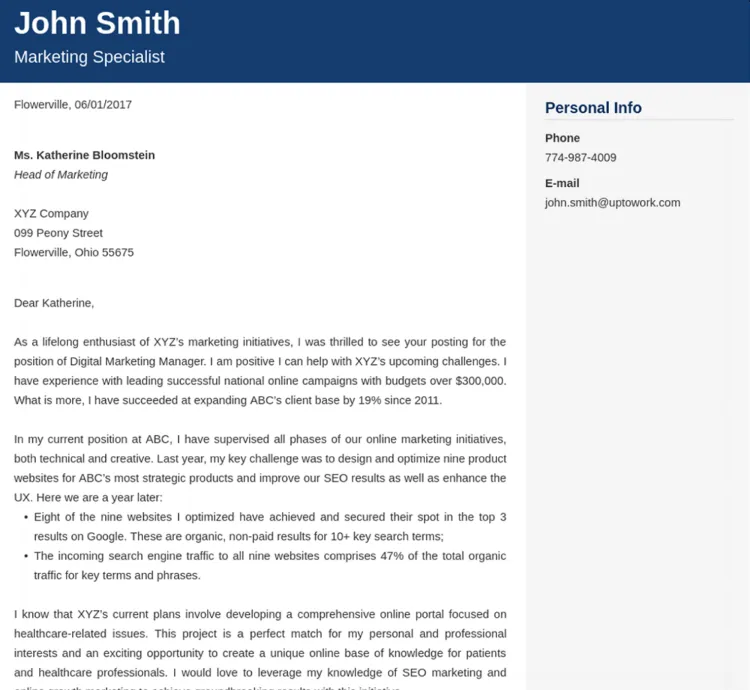
A compelling cover letter consists of several key elements that work together to make a strong impression. Each section plays a vital role in showcasing your qualifications and enthusiasm. From the header to the closing, every part should be carefully crafted to present you in the best possible light. A well-structured cover letter is easy to read, professional in tone, and clearly communicates your value to the employer. By paying attention to each element, you can ensure that your cover letter stands out from the competition and makes a positive impact on the hiring manager. The following sections will guide you through each of these essential elements to help you create a cover letter that gets noticed.
Header Information
Your header should include your name, address, phone number, and email address. This information should be at the top of the document, allowing the employer to easily contact you. Ensure that your contact information is up-to-date and professional. Using a professional-sounding email address is crucial; avoid nicknames or unprofessional addresses. The header provides the employer with all the necessary details to reach you if they decide to move forward with your application. Keep it clean and well-formatted to present a professional image from the start.
Recipient’s Information
Below your header, include the recipient’s information. This typically includes the hiring manager’s name, title, company name, and address. Research the hiring manager’s name and title to personalize your cover letter; this demonstrates your attention to detail and initiative. If you can’t find the hiring manager’s name, use a general salutation like “Dear Hiring Manager.” Accuracy and proper formatting are essential to show respect and professionalism. Addressing the recipient correctly shows that you’ve taken the time to understand who will be reading your application.
Salutation
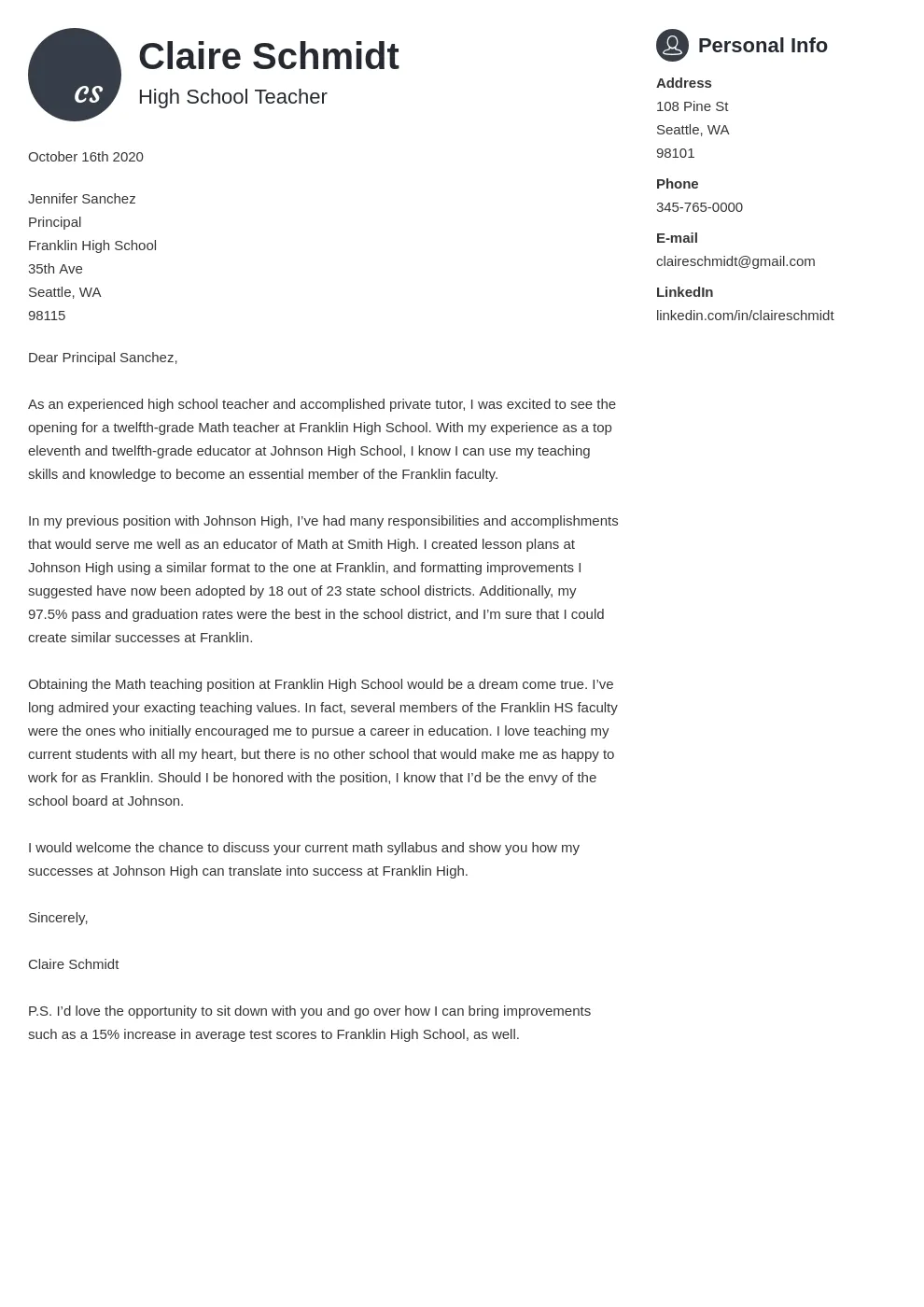
Start your cover letter with a professional salutation. If you know the hiring manager’s name, use “Dear Mr./Ms./Mx. [Last Name].” If you are unsure of the name, use a general salutation like “Dear Hiring Manager.” Avoid outdated or informal salutations. The salutation sets the tone for your entire letter, so make sure it is appropriate and respectful. A well-chosen salutation can help create a positive first impression and show your respect for the reader. Always proofread the salutation to ensure you have the correct spelling and title.
Body Paragraph 1 Highlight Your Interest
The first body paragraph should clearly state the position you are applying for and how you found the job posting. Express your enthusiasm for the role and the company. Briefly mention what interests you most about the position and what you hope to achieve. This paragraph should grab the reader’s attention and make them want to learn more about you. Show your understanding of the company’s mission, values, and what makes you want to be part of their team. This is your chance to hook the hiring manager and make them excited to continue reading your letter.
Body Paragraph 2 Showcase Your Skills
In the second body paragraph, highlight your skills and experiences that align with the job requirements. Provide specific examples of how you have demonstrated these skills in the past. Use the job description as a guide to identify the key skills the employer is looking for. Quantify your accomplishments whenever possible by using numbers and data to show the impact of your work. This paragraph is your opportunity to demonstrate that you have the skills and qualifications necessary to excel in the role and add value to the company.
Body Paragraph 3 Address the Value You Offer
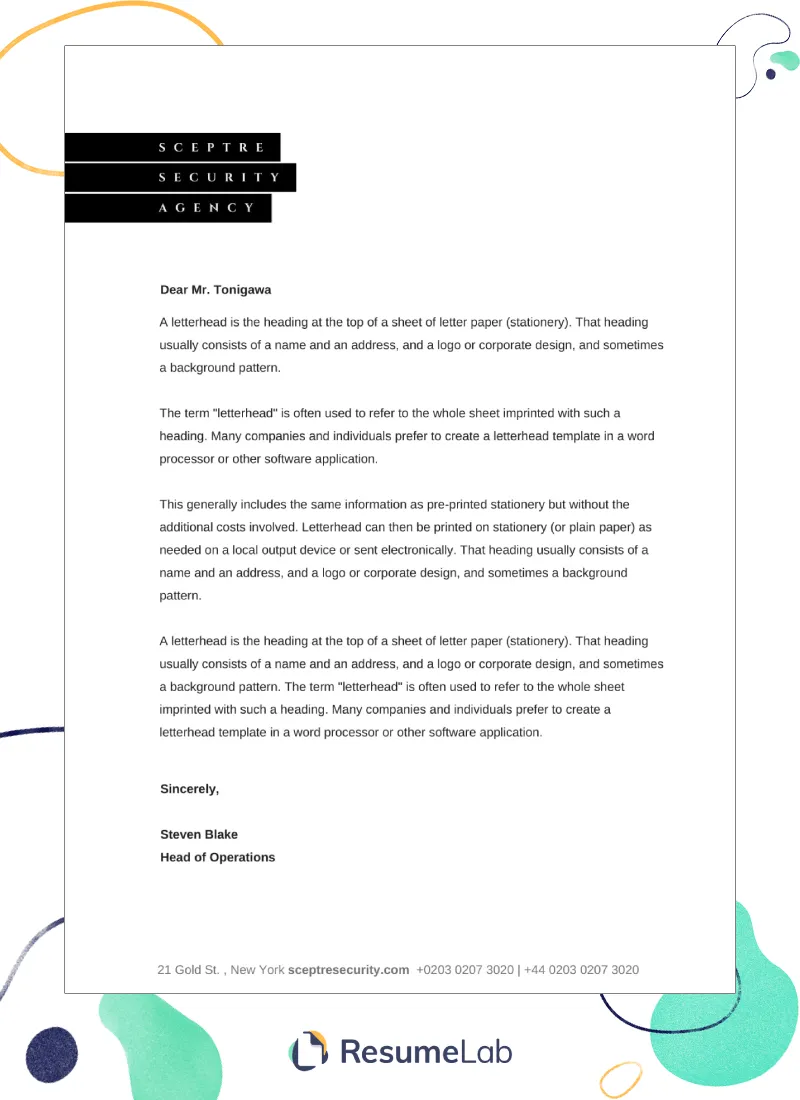
The third body paragraph should focus on the value you can bring to the company. Explain how your skills and experiences align with the company’s goals and how you can contribute to its success. This is where you demonstrate your understanding of the company’s needs and how you can meet them. Explain why you are a good fit for the company culture and how you can make a positive impact. Conclude the paragraph by reiterating your interest in the role and your desire to learn more about the opportunity.
Closing and Call to Action
Conclude your cover letter with a professional closing and a call to action. Thank the hiring manager for their time and consideration. Reiterate your interest in the position and express your availability for an interview. Use a formal closing such as “Sincerely,” or “Best regards,” followed by your typed name. Consider adding your signature above your typed name to further personalize your letter. A strong closing leaves a lasting impression and encourages the hiring manager to take the next step by contacting you.
Formatting Your Free Cover Letter
Proper formatting is crucial for creating a professional and readable cover letter. Pay attention to the layout, font, and spacing to ensure that your letter is visually appealing and easy to read. A well-formatted cover letter demonstrates your attention to detail and professionalism. It makes a positive first impression and shows that you care about the presentation of your application. Formatting choices can significantly impact how the reader perceives your letter and, ultimately, your candidacy.
Choosing the Right Font and Size
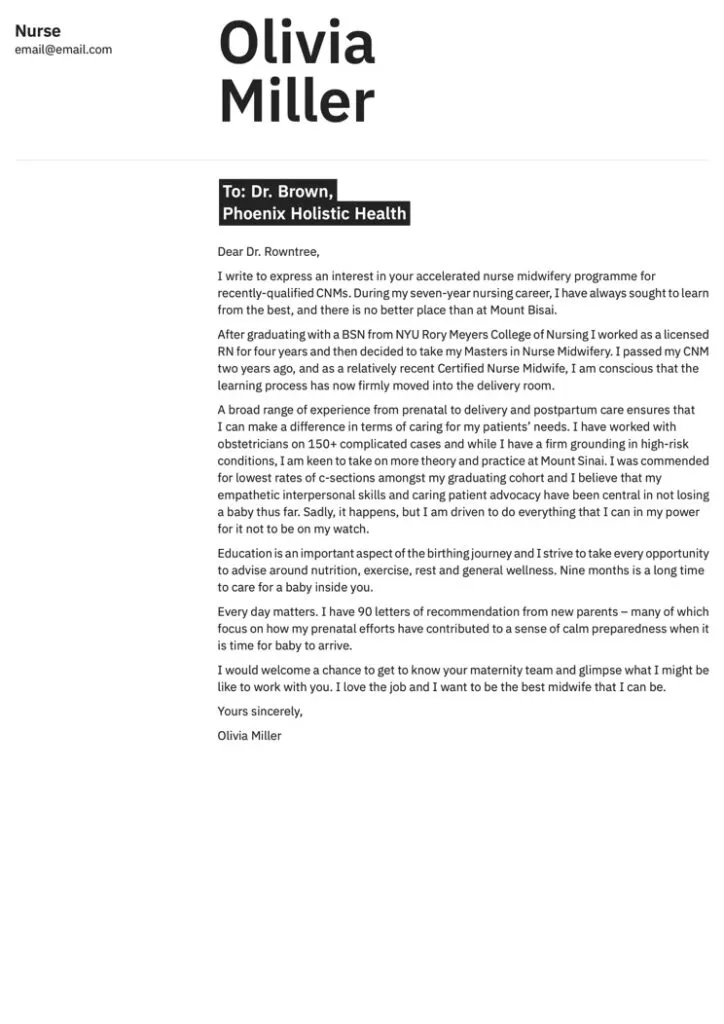
Select a professional and easy-to-read font for your cover letter. Common fonts like Times New Roman, Arial, or Calibri are good choices. Keep the font size between 10 and 12 points for readability. Avoid using overly decorative or unusual fonts, as they can be distracting. Ensure consistency throughout your document by using the same font and size for all text. A clean and professional font enhances the overall readability of your cover letter and reflects your attention to detail.
Margins and Spacing
Set the margins of your cover letter to one inch on all sides. This provides ample white space and makes the document visually appealing. Use single spacing within paragraphs and double spacing between paragraphs. This spacing makes your letter easier to read and allows the reader to quickly grasp your key points. Proper margins and spacing create a balanced and organized layout that is pleasing to the eye.
File Format and Submission
Save your cover letter as a PDF file to preserve the formatting and ensure that it is displayed correctly on any device. Before submitting, carefully review the file name to make sure it includes your name and the job title. Always follow the instructions provided by the employer regarding file format and submission methods. By saving your cover letter as a PDF, you prevent potential formatting issues and present a polished, professional document.
Resources for Free Cover Letter Templates
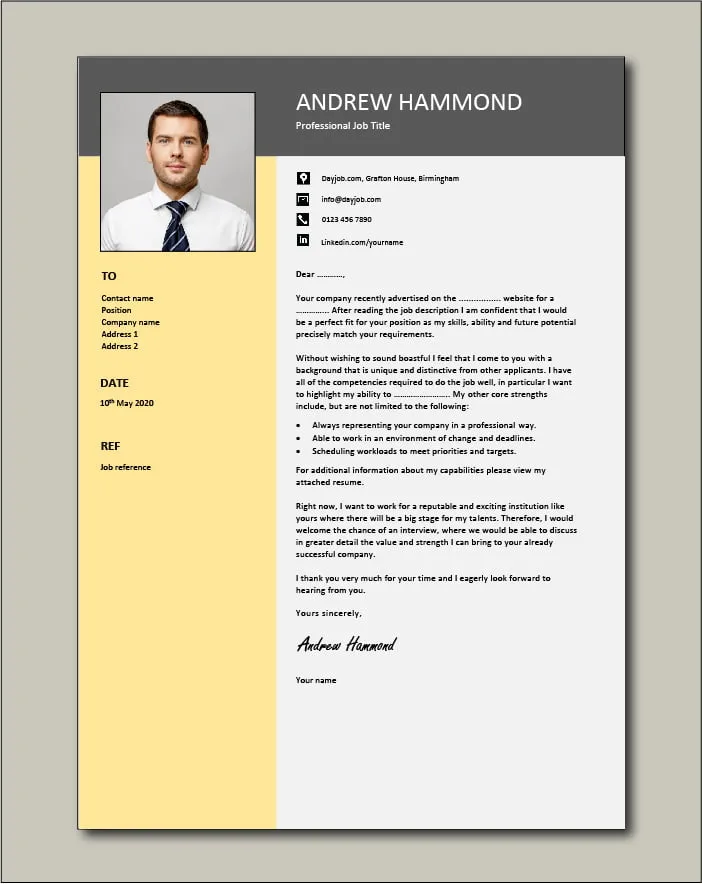
Many online resources offer free cover letter templates that can help you create a professional cover letter quickly and easily. These templates provide a structure that you can customize to fit your needs and the specific job you’re applying for. Utilizing these resources can save you time and effort while ensuring that your cover letter is well-formatted and visually appealing. By using a template, you can focus on writing the content of your letter and highlighting your qualifications.
Online Template Websites
Websites like Resume.com, Canva, and Zety provide a variety of free cover letter templates. These sites offer customizable templates that cater to different industries and job roles. You can often download the templates in various formats, such as Word or PDF. Explore these resources to find a template that suits your needs and reflects your personal brand. These websites are great starting points for creating your cover letter and ensuring it is professional and well-structured.
Microsoft Word Templates
Microsoft Word also offers a selection of free cover letter templates within its software. To access these templates, open Word and search for ‘cover letter’ in the template search bar. Choose a template that aligns with your job application and customize it to reflect your skills and experience. Word templates offer a convenient and familiar way to create your cover letter. They provide a structured starting point and are easy to modify to match your individual requirements.
Reviewing and Editing Your Free Cover Letter
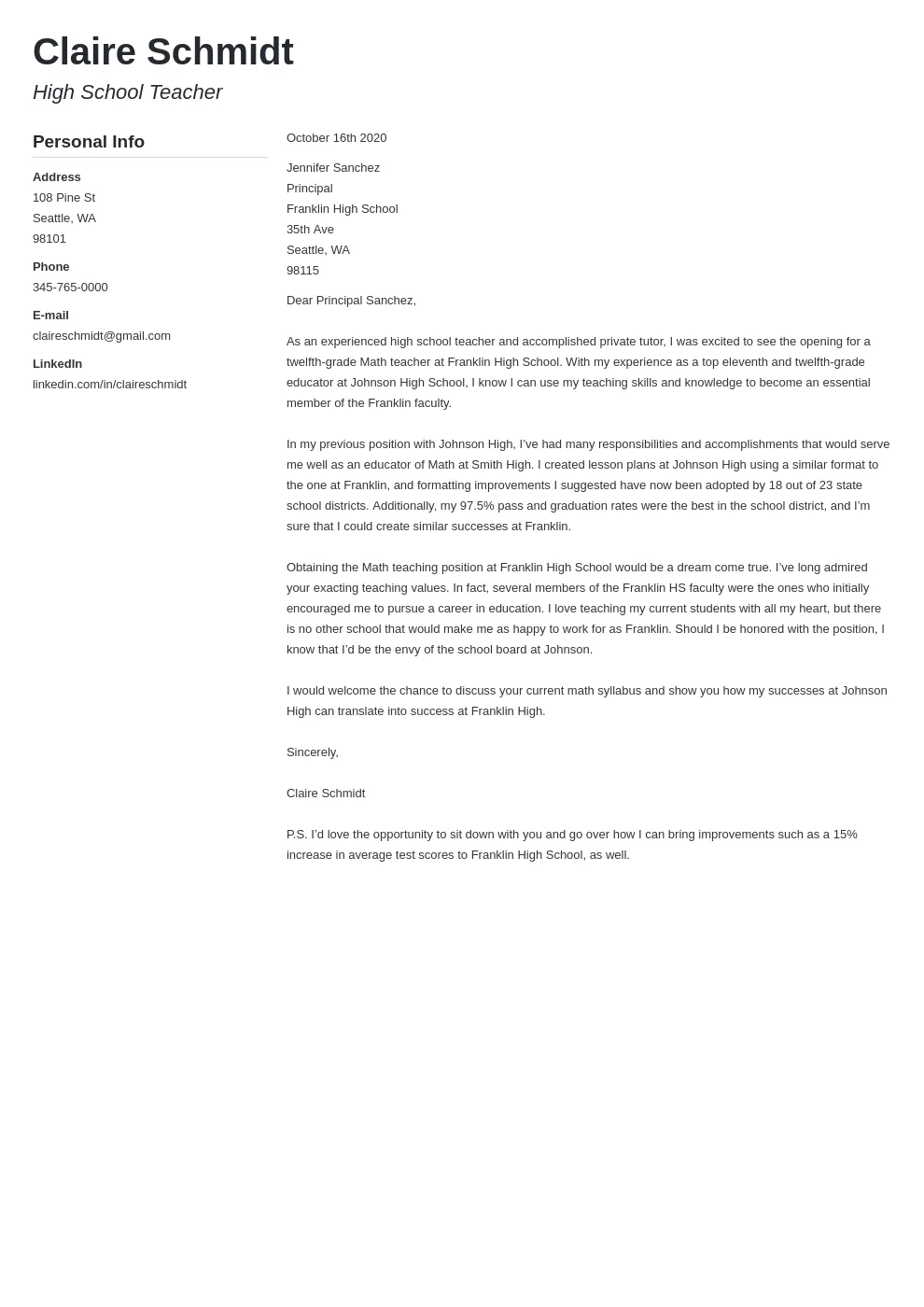
After writing your cover letter, review and edit it carefully. Proofreading for errors and seeking feedback from others can greatly improve the quality of your letter. A polished cover letter demonstrates your attention to detail and commitment to professionalism. It’s crucial to ensure that your letter is free of grammatical errors, typos, and inconsistencies. A well-edited cover letter will leave a positive impression on the hiring manager.
Proofreading for Errors
Proofread your cover letter multiple times to catch any errors. Check for spelling mistakes, grammatical errors, and punctuation mistakes. Read your letter aloud to identify any awkward phrasing or unclear sentences. Using a spell checker and grammar checker can help, but they are not foolproof. Always review your letter manually to ensure accuracy and clarity. Proofreading is a critical step in the writing process, as it helps you eliminate errors that can detract from your professionalism.
Seeking Feedback
Ask friends, family members, or career counselors to review your cover letter. Get feedback on your writing style, content, and overall presentation. Ask them to identify any areas where you can improve. Another perspective can provide valuable insights and help you identify potential weaknesses in your letter. Consider their suggestions and make revisions to create a stronger and more effective cover letter. Constructive feedback is essential for refining your cover letter and improving your chances of success.
